Glass Floats / Glass Fishing Floats / Japanese Floats
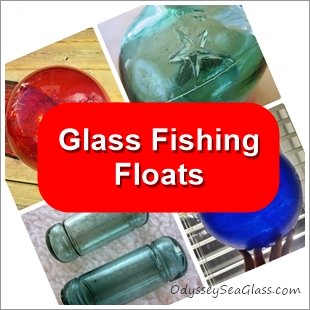
This is the first in a three-part series featuring Stu Farnsworth.
Stu Farnsworth
has been an avid beach comber and collector of glass floats
(fishing floats) for well over 30 years. He has a love for
his hobby and the ocean and enjoys communicating with fellow glass
fishing float collectors AND sea glass enthusiasts like us.
Not to mention he is one great guy!
Stu and Alan D. Rammer are authors of the definitive glass float book, Glass
Fishing Floats of the World - The Collector's Price
Guide and Identification Handbook.
What does this have to do with sea glass?
Two things: First, that beautiful color of sea glass you find
might have come from one of these glass fishing floats.
Second, if you are on the Pacific Coast, keep your eyes open
for these amazing treasures also!
Lin interviewed Stu and you will be fascinated by his stories....
Lin: How did you become interested in collecting Glass floats, about how old were you? Who got you interested?
Stu:
That is a great question. I was 10 years old at the time. My father was
a bank auditor and would audit most banks in Oregon while I was growing
up. He would stage his week-long trips to the beach so that we could make
a vacation out of it.
One spring while we were in
Newport, Oregon, my dad was at work and my
poor mom was going nuts being cooped up in a motel with 3 boys. It was
rainy and windy.
She finally said we should go to the beach to look for
glass balls, something my grandmother had found while living at Cannon
Beach. My mom knew a little bit about them, so off we went.
The weather
was wild, and we were not really dressed for this type of thing. I was
the crazy one who loved being out in the wild weather while my brothers
could have cared less. It was so much fun to be soaked to the bone.
We
found nothing but adventure that day but the seed was planted as far as
I was concerned.
Many years went by and I concentrated more on
playing hockey until I met my wife.
Her grandparents lived in Netarts,
Oregon, right on the beach. We used to go down there all the time to
stay.
They had a gift shop with glass
floats her grandfather had found over the years, as he was quite the
beachcomber.
One float that stood out above all the others was a bright
orange or red basketball-sized float that her grandmother had found on
Sandlake in 1934. This float (shown towards the bottom of this page)
had me mesmerized because the color was so beautiful.
One Friday in
mid November 1976, we went down to
visit my wife's grandparents, and her grandfather told me today would
be a good day to look for glass floats.
The weather was driving rain
and wind and cold. We decided to go to Cape Lookout
and try our luck.
I must have looked like an idiot in my jeans down
there that day. About half a mile down the beach, an older guy came
walking back with a gunnysack and asked us what we were doing down
there. I told him we were looking for glass floats.
He
kind of laughed and told me I needed a rain suit and then proceeded to
open up his gunnysack and produce 4 baseball-sized glass floats still
with the wonderful smell of just coming out of the ocean. I was so
excited that I knew this was for me and that I was going to find one of
these no matter what. I didn't find any that day but that day was what
got me started.
One morning in the early part of December, I drove from our home in Portland
to Cape Lookout
State Park
in a pretty good storm, this time prepared for the elements.
With a
flashlight in hand, I walked the 10-mile round trip.
The first float I
found was early in the trip about a mile down the beach. There it sat,
a beautiful baseball-sized glass ball. I was like doing a crazy dance
and was going crazy like I had found a sunken treasure or something.
Later on, down towards the end of the beach, I found a 14er or beach
ball-sized float, which was the most excited I have ever been. Carting
it back 5 miles with a 40-mph wind blowing against me was a real treat
I'll soon never forget.
Lin: What is your most treasured
glass float in your collection?
Stu: I
would have to say with no doubt, it would be the basketball-sized
orange float I talked about last question.
I have several others such
as my purple roller, my teal roller, my black pumpkin float, my small
TO in a diamond purple float, my
basketball-sized purple float, my volleyball-sized cobalt float, and on
and on...
Lin: I know you've searched the Oregon and Washington Coast looking for glass floats. Have you searched anywhere else?
Stu: Actually, no. I have searched most of the Oregon Coast with the northern part being my favorite.
Gearhart north to the Columbia River is probably my favorite area.
Cannon Beach to Pacific City south would be my second favorite area.
South of that things start to filter out a bit. You can still find glass floats from the central to the southern part of the Oregon Coast but it does fall off from what the northern part has to offer.
On the Washington Coast, from the northern tip of Long Beach going south to the jetty on the Columbia River is a great area to look for floats but everyone else knows that too.
On the Olympic Peninsula, from Kalaloch heading north is very good for looking for glass floats but pretty hard to get to.
Washington and Oregon have been as much fun as I could ask for.
I would like to experience the Aleutian Islands and beachcomb there.
As far as going anywhere else that would be a fulfilled dream and would be all I could ask for.
Lin: You mentioned in an article that some glass floats were made the size of a basketball. What's the largest glass float you've ever found?Stu: The largest I have ever found was the one I mentioned the first time I ever found floats. It is 48 inches in circumference. I have seen glass floats as large as 54 inches in circumference and have heard they actually come a bit larger.
Lin:
What's
the smallest glass float you've found? What's the smallest glass float
made?
Stu: I
have found them as small as a small golf ball. That is the
smallest I have ever found.
I have one in my collection that is about
half the size of a golf ball that is an authentic used float.
I have
never seen one smaller that I could say was real, but I am sure that it
could exist.
Lin:
What's
the rarest glass float ever made?
Stu: I
don't think any serious glass float collector could answer that
question. I am sure there are several out there that have never even
surfaced that are one of a kind.
I can set some examples of what would
be classified as being the rarest.
One can be seen in Marsh's Museum on Long
Beach Peninsula.
It is a basketball-sized float with a blue seal button and a tube going
through the float to put a net through, plus it has embossed markings
such as red, purple, orange, black, cobalt.
These floats with embossed
markings are a few that would be held in high esteem.
Rollers
with side-embossed Kanji writing are always high on a collector's list.
The mind can only wonder what is out there that has not surfaced.
Black (opaque) floats are always in high demand.
This mark is one of the more rare
marks and not very many exist.
The float that
my wife's grandmother found would be classified as one of the rarest.
My wife remembers this float being in a wooden storage chest and only
brought out during special occasions.

Glass Fishing Floats Related Pages:
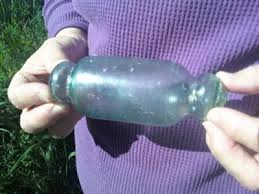 My First Glass Float! |
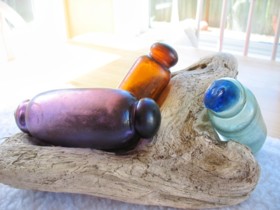 Glass Fishing Floats Stu Farnsworth 2 |
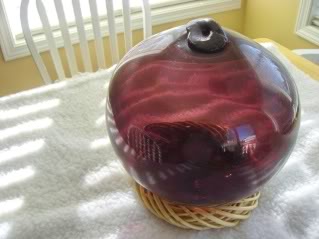 Glass Fishing Floats Stu Farnsworth 3 |
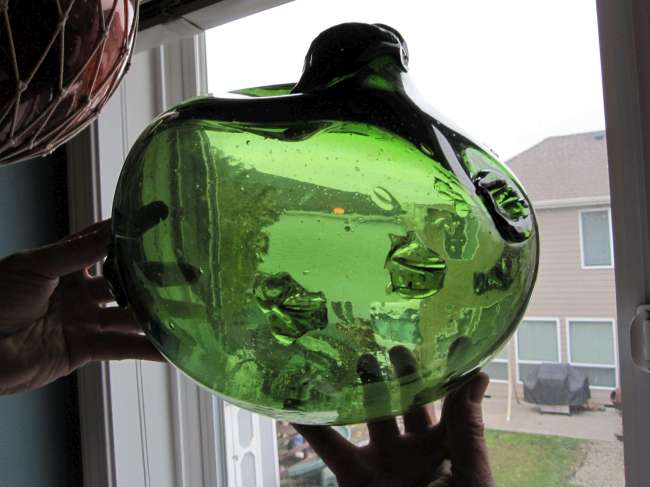 Glass Fishing Floats Photos Special |
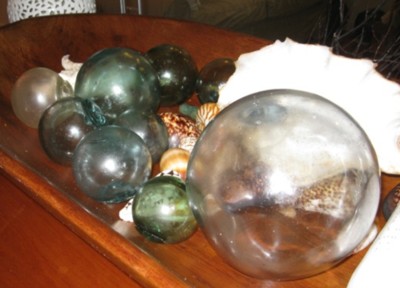 Glass Fishing Floats in Hawaii |
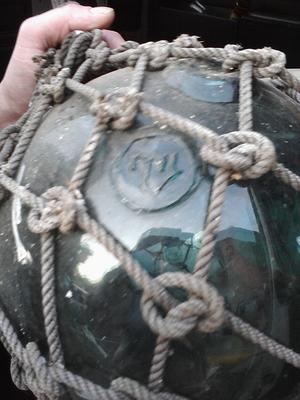 Glass Fishing Float in California |
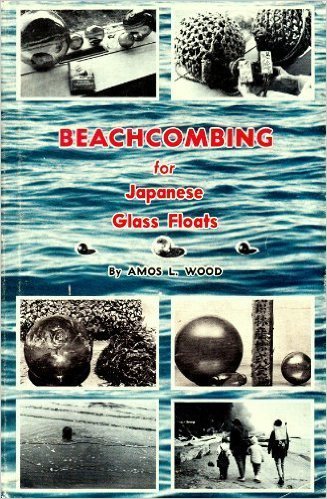
Beachcombing
for Japanese Glass Floats
"Whether you're casually interested in the subject or very
knowledgeable you will find much enjoyment and information in this
intriguing book. Worth the time and a great book to leave lying around
for your guest to pick up and enjoy." Jan M. Williamson
OdysseySeaGlass relies on advertising to cover costs of sharing sea glass info from around the world. Purchasing from an ad on our site costs no more than directly and provides us with a few cents income.
You will see Google and Amazon ads as well a few other advertisers as you view our pages. .
Definition
Wrack - an ancient word with likely the same root as "wreckage," referring to debris washed up on a beach.
Wrack line: the line of seaweed, refuse, driftwood, and "wreckage" found at the high tide line on a beach.

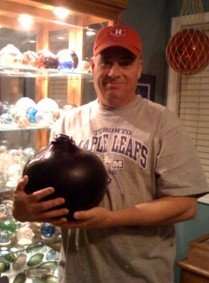

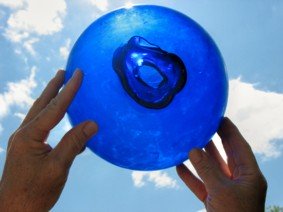
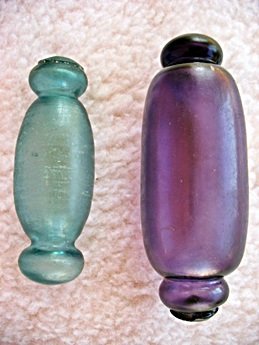
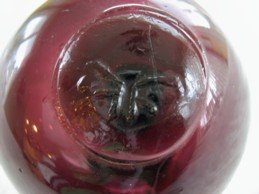
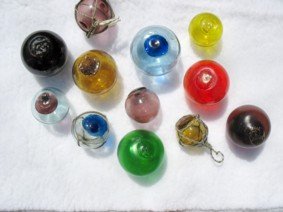
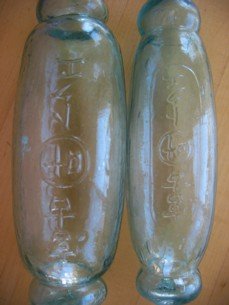
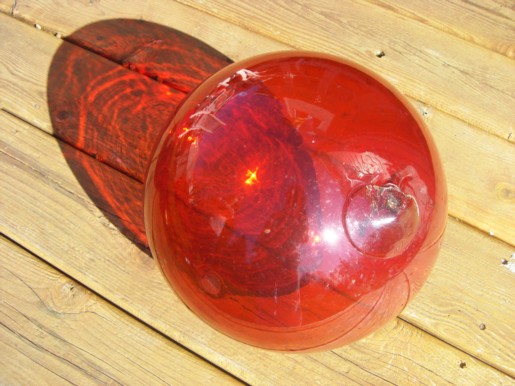
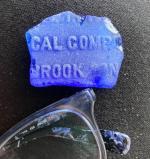
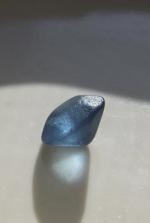
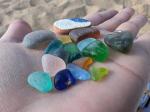
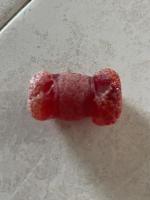
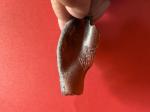
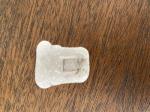
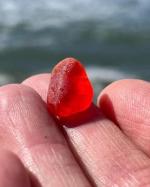
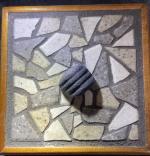
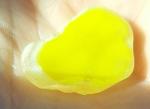
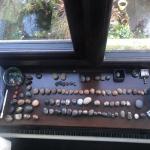



Comments!
We love receiving your comments, but please read the notes below before posting. Thank you!NOTES:
All comments are moderated. If you leave the page you won't see your comment until it is approved.
Select the "Post to Facebook" check box to be notified on FB when a reply has been posted.
If you scan the previous comments you may find an answer to your question. Click the "View X more" link at the bottom (if visible) to see all comments.
Photos - If you would like to include a photo, please use our Photo Forums.
Questions - If you have a question, it may already be answered. Please tap or click here to search of our site first.